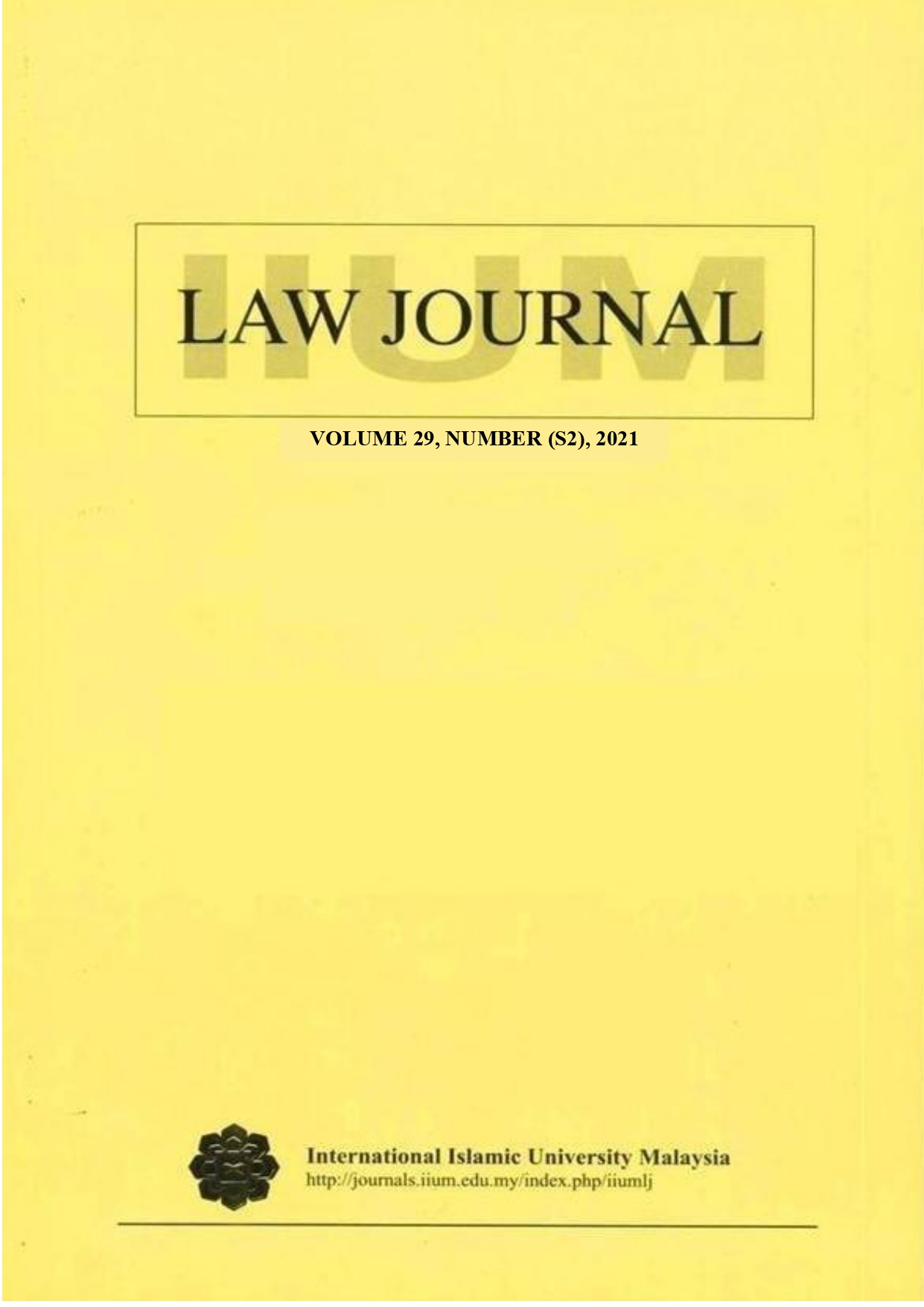DETERMINATION OF THE LEGAL STATUS FOR DISASTER EMERGENCY IN INDONESIA
DOI:
https://doi.org/10.31436/iiumlj.v29iS2.678Keywords:
legal mechanisms during disasters, law in emergency situations, disaster managementAbstract
Article 7 paragraph (2) of the Law Number 24 Year 2007 concerning Disaster Management (UUPB) stipulates that the establishment of a disaster emergency status must contain indicators that include the number of victims, property loss, the damage of the infrastructure and facilities, the extent to which an area is affected by the disaster and the socio-economic impacts that arise. Paragraph (3) of the article states that further provisions regarding the establishment of the status and the level of the disaster are regulated through a Presidential Regulation. However, the Presidential Regulation has not yet been issued while the Letter of Decision on the Disaster Emergency Status continues to be published, which causes legal uncertainty in its implementation. Hence this article investigates the legal mechanism in determining a disaster emergency status that guarantees legal certainty, its legal implications, and steps the (central) Government and the Regional Government should take in dealing with such legal implications. The research method employed in this study is the juridical normative research. Research on disaster legislation, especially in determining disaster emergency status, has not yet demonstrated legal certainty. This is due to the absence of legal mechanisms and positive legal formalities that are built from legal facts that lead to multiple interpretations and to legal disputes. The absence of the Presidential Regulation (Perpres) as a UUPB manifestation for determining the emergency status of a disaster as stipulated by autonomous provinces/districts (Decree) has contributed to the potential arbitrary use of state funds. Therefore, the Presidential regulation is urgently required.
Metrics
Downloads
Published
How to Cite
Issue
Section
License
© Copyright 1993-2024 IIUM Press![]()
The IIUM Law Journal is licensed under a Creative Commons Attribution-NonCommercial 4.0 International License.
- Consent to publish: The Author(s) undertakes that the article named above is original and consents that the IIUM Press publishes it.
- Previous publication: The Author(s) guarantees that the article named above has not been published before in any form, that it is not concurrently submitted to another publication, and that it does not infringe anyone’s copyright. The Author(s) holds the IIUM Press and Editors of IIUM Law Journal harmless against all copyright claims.
- Transfer of copyright: The Author(s) hereby transfers the copyright of the article to the IIUM Press, which shall have the exclusive and unlimited right to publish the article in any form, including on electronic media. The Journal in turn grants the Author(s) the right to reproduce the article for educational and scientific purposes, provided the written consent of the Publisher is obtained.
















